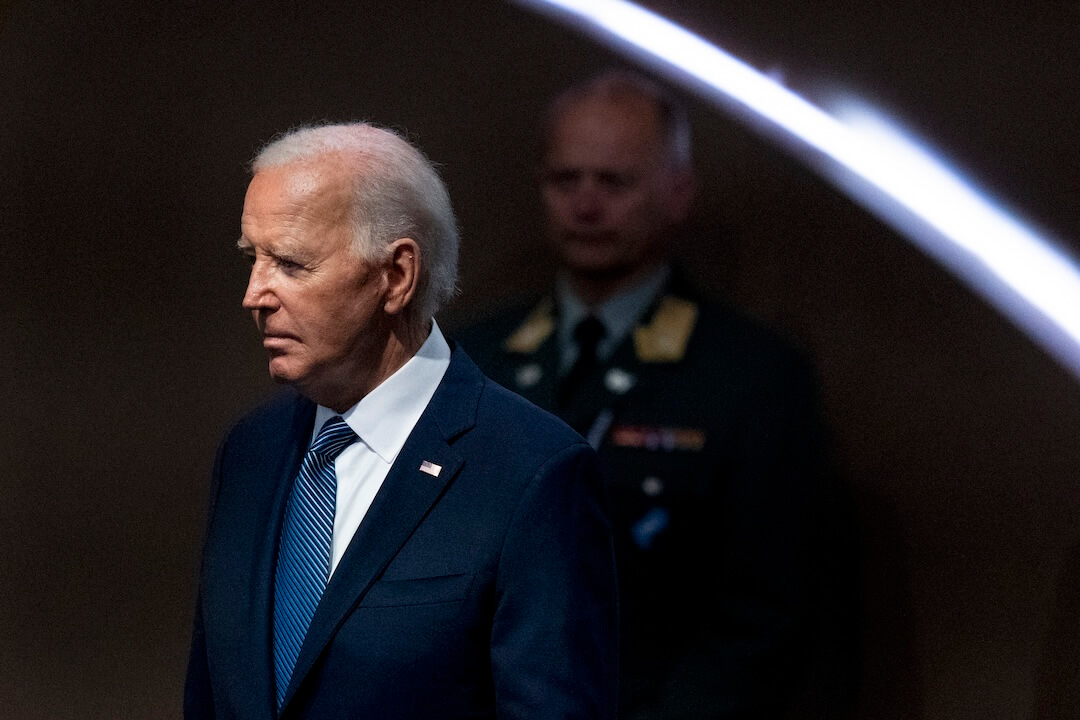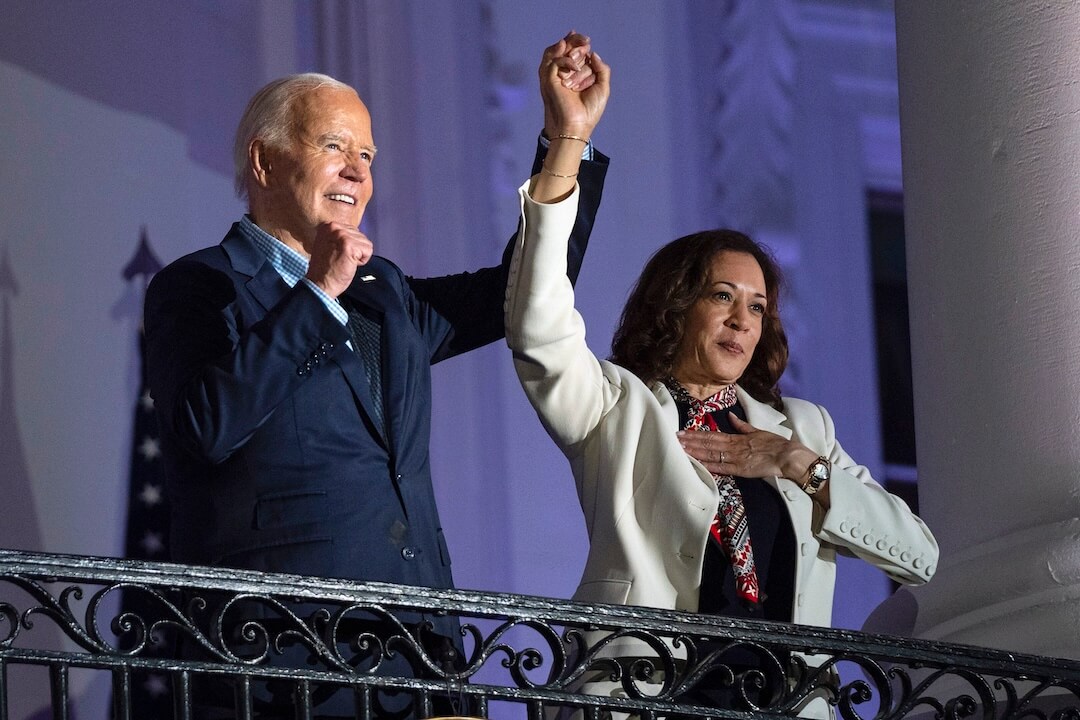The American Journalism Project marked the fourth year of making grants at the end of 2023 and the fifth anniversary of announcing its launch will come in February. It has plenty to celebrate:
- It raised $52.9 million initially and added $59.6 million from local funding partners. AJP is near to reaching a second-wave goal of $60 million that it plans to reach by the end of 2024.
- The funding has supported big-city startups in Cleveland, Indianapolis and Houston, the first two with broader statewide ambitions. An 18-month incubator program for similar projects in Miami, Boston, Phoenix and Oregon started in July. AJP has also dispersed or committed grants and expert support to 41 organizations in all including established nonprofits — an impressive list of stars like MLK 50: Justice through Journalism and VTDigger.
- It has assembled a staff of 28 who are organized around the distinct approaches of a big launch or a build-out to sustainability.
- The big-city projects have a detailed protocol: community listening, followed by the recruitment of an editor, publisher and staff spread over several years.
- For both leadership and journalist staffing, AJP’s larger startups draw on deep local roots. Some staffers have little or no history in traditional news organizations. CEO Sarabeth Berman herself is from a nonprofit management background for large education projects.
I spoke recently to Berman, who surprised me with her assessment of where AJP and the nonprofit sector stand headed into 2024.
“I still consider these early days,” she said. “It will take years, probably decades” to build out and take the place of legacy organizations, if those turn out to have failed. Thus the support AJP provides tilts toward fundraising and internal business functions rather than hiring more reporters. Startup grants, theirs included, cannot carry the load indefinitely.
Berman conceded (as do many others privately) that AJP has not yet made a dent in the “news deserts” problem if deserts are defined as communities, mostly small and rural, that used to have a newspaper but no longer do. Those cities and counties tend to lack essentials: local philanthropy, a critical mass of audience and a potential ad base.
AJP has instead funded what Berman calls “news voids” — pockets within metros that get little community coverage, if any. Its portfolio also includes a number of city or statewide outlets aiming to come at undercovered news from a fresh angle, typically representation of minority groups. Examples include Outlier Media in Detroit and Documented in New York City.
Richard Tofel, retired president of ProPublica and author of the smart Second Rough Draft newsletter, is an enthusiast for AJP, for whom he has done some consulting.
“Divide the operation into two parts,” he said. For the existing publications, “AJP are excellent judges, not perfect, of who to work with, and they have been really helpful.”
Tofel’s take on the second group is that the projects are so new that it is hard to gauge their success. 2024 will be a critical test of the traction of what Berman calls the “generational” projects in big cities. Does the intricate AJP planning and staffing game plan work? Do traffic metrics show the sites connecting with their target audience?
I am also intrigued by AJP projects’ use of Documenters, a system for covering the many local government meetings that have fallen off the radar of newspapers. Community members work from a short template and are modestly paid. So it may not matter if they lack reporting or newswriting experience. It is an ingenious approach in my view, that’s been working and growing since the City Bureau of Chicago invented it in 2018.
A new wrinkle for AJP and other leading journalism nonprofits like Report for America was the announcement late last year of Press Forward — a commitment to raise $500 million for local journalism over five years. My colleague Kristen Hare is tracking Press Forward’s progress after an initial announcement from 25 foundations — led by longtime journalism funders the MacArthur Foundation and the Knight Foundation — left many key particulars to be determined.
I am left wondering whether there is an element of reinventing the wheel, with AJP, for instance, having a four- or five-year head start on devising ways to be most effective in the local news space. But Berman (along with Tofel, who has been critical in some respects) doesn’t see it that way.
Jim Brady, who directs journalism programs at the Knight Foundation, emailed me that Press Forward will mainly be about coordinating funding among grantmakers, rather than providing direct support or inventing new models for nonprofit organizations. A management committee, yet to be formed, will help with decisions about the distribution of the funds.
$500 million, even if nonrecurring and spread over five years, is a huge boost, period, to nonprofit news. And the two lead funders and some others in the coalition have backed AJP and other prominent nonprofits like Report for America. Joint projects may be in Press Forward’s portfolio as it develops.
Berman closed our conversation on an optimistic note. The nonprofit sector needs about $1 billion per year to fulfill its role, she estimated.
“That’s actually very doable,” she said. “A billion dollars in philanthropy is out there.”
The story mistakenly included Houston Landing among organizations planning to expand statewide. Also, the opening paragraph has been revised to differentiate the announcement of AJP’s launch and its first announcement of grants.







